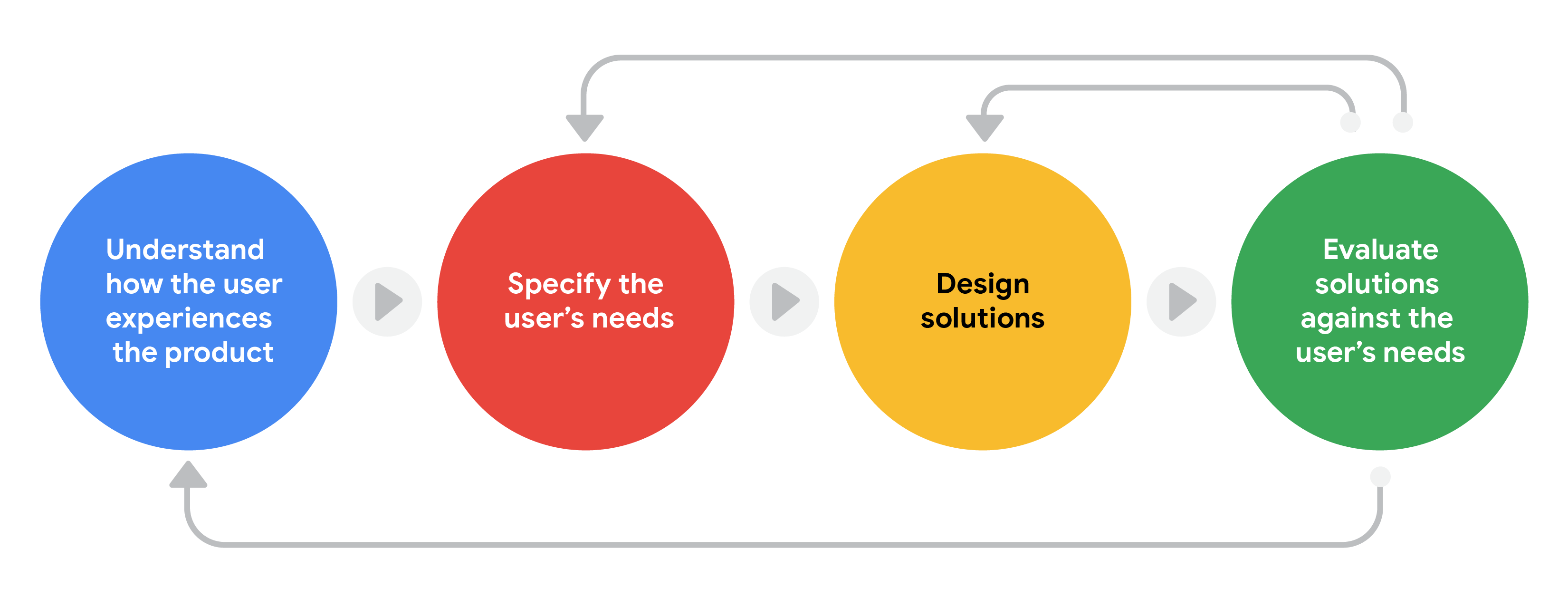Common UX Design Frameworks (part 2): Lean UX and Double Diamond
Following the previous post, today we’ll be talking about 2 more UX Design frameworks.
Lean UX
The Lean UX process focuses on reducing wasted time and resources, and producing a workable product as soon as possible. The process is iterative, meaning the team continues to update and make revisions to the product as they gather user research and stakeholder feedback.
The Lean UX process is broken into three steps:
Think. Explore the problems that users are experiencing and consider how you could solve them with your design. This step is all about gathering research, so you can form a clear idea of who the product is for and how it will help them.
Make. Start designing the product by creating sketches, wireframes, and prototypes. You’ll also create a minimum viable product, or MVP for short, which is a simple prototype of your designs that you can test with the target audience. Be prepared to go back and update your prototype as you gather feedback!
Check. Find out how users respond to your design and gather feedback from project stakeholders. Make adjustments to your designs accordingly, and repeat the three steps again, if necessary.

These steps are meant to be repeated as many times as needed, until your team reaches the desired final product. The Lean UX process encourages productivity and collaboration. Lean UX teams are typically cross-functional, which means you’ll be working alongside team members like engineers and UX researchers.
Read More


Recent Comment